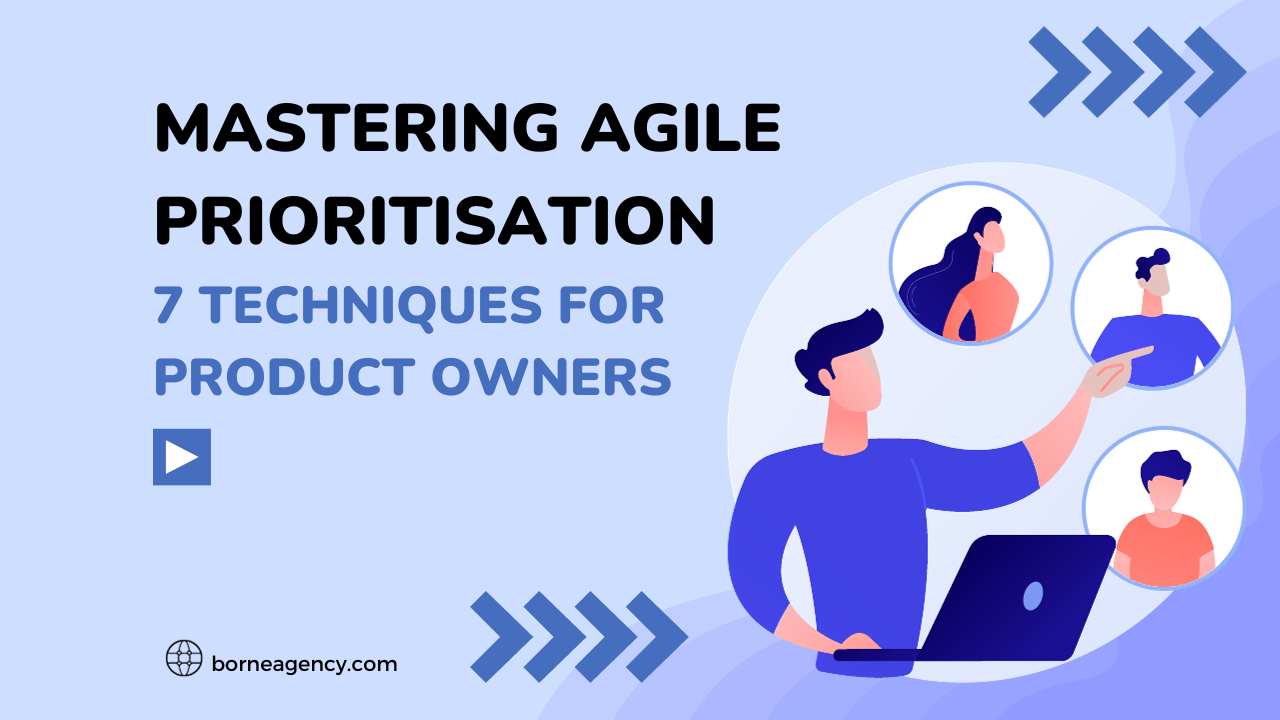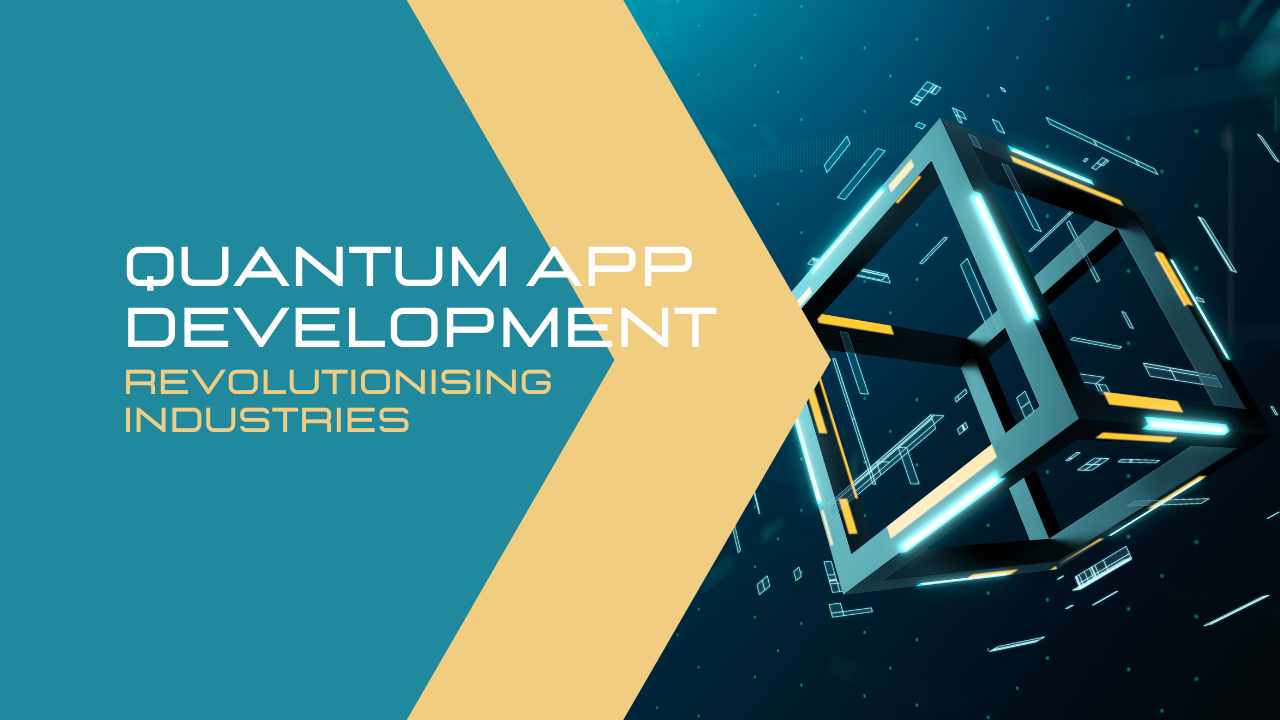Jan 23 - 3min readThe Art of the Soft LaunchBy Launchbase
When our clients come to us with their ideas, they look for speed and agility. Launching their digital products and platforms in its early stages are crucial as their product is their portal into the target market which allows them to assess their marketing conditions and their next funding rounds. Agile development from new idea to MVP launch is critical because sectors are fluid and are ever-changing and you need to get your product out there as soon as possible to test the market assumptions in a real-world setting. This approach allows for testing your assumptions with minimal investment so that you can iterate faster on your way to identifying the optimal market fit for your client.
Adapting the MVP Cycle

The issue that we see with the above model is that you have to start off in the ballpark to make this cycle work. If the original premise that you have is way off from the direction that your digital product has taken, no amount of pivoting would affect it because that data that is gathered would not reveal insights that are relevant. You would not have learnt about the major problems that your target users may be facing. So many entrepreneurs focused on sticking to this cycle, they forgot to include real people in the feedback process. By the time you sit down and pitch the product, too much financial resources have been spent on the wrong things without learning the right things.
To make this work, a new MVP loop was proposed which includes real problems and real people. This also enables commitment from users which results in real product validation. By clients talking to real people and going in deeper with their tools and workflows while assessing any problems that will come up, this will result in the why. Another crucial factor is the identification of their biggest pain points. These deep insights will solidify your confidence that you are solving important problems, and not just addressing the minor annoyances. This may be the difference between a flop and a hit digital product that people want to pay for.
Once you know and appreciate the bugs that are bound to come up in the development process, you can make a basic demo of your proposed solution. However, it is important to note that your product MVP may contain bugs once launched which should not stop you from pushing the launch date. By releasing a MVP with a basic framework and UI, you can demo your prospects to, for example, a LinkedIn connection based on your profile metrics — you can even offer to sell them early access to the upcoming MVP.

Suggesting to prepay for a demo, they are far more likely because you have identified and addressed the pain point(s), instead of creating a me-too product that relies solely on polish. Some entrepreneurs that fear rejection feel that free is the way to go but a great tragedy here is that they could charge real money and truly impress potential investors with sales data. The demo of your MVP will either yield a new customer or not. If they spot a flaw or bug in the product, listen to their reasons and take it as user feedback. The art of this demo is is showing the most basic version of the product to convince a customer you can solve a major problem.
A well-known example of this style of pitch was when Steve Jobs launched the iPhone. He was able to nail the pitch by elaborating first on the inadequate offerings on the market at the time and then explained why their product’s touch-screen would alleviate those problems. It was so convincing that that rival CEO’s were asked to respond to a product that had not been released yet. It would take Apple 6 months to release the product to the mass market.
The MVP model is a cycle for a reason because we will never stop adapting and learning from it. Your first digital product should deliver on what was promised in your demo, BUT it will not be a perfect product. It is a minimal viable product which aims to satisfy your prospects and to potentially excite investors. So lets approach software development with the understanding that we should listen to our users and understand that there will be challenges along the way.



